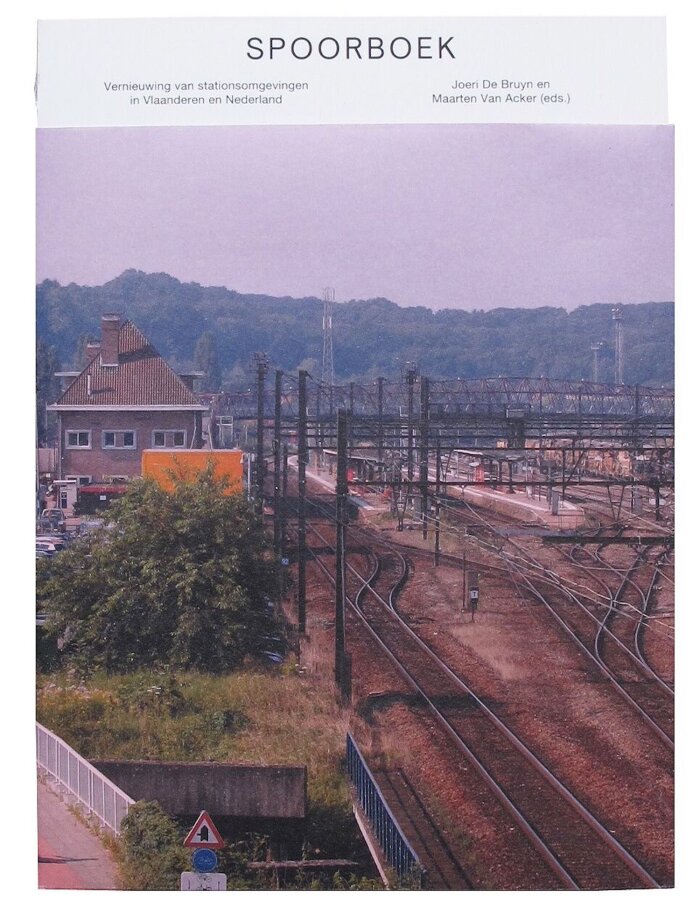The past decade was dominated by the major European station renewal projects in cities such as Antwerp, Liège, Rotterdam or Lille. In the coming period, the transformation of train stations in smaller cities are at stake. This second wave of station renewal projects requires a different approach and a different spatial vision than that for the metropolitan train stations. The revitalization of a station environment is not easy in practice as a result of complex challenges and a multitude of interests (municipal and higher governments, transport companies, infrastructure managers, private owners, investors and developers). Moreover, smaller cities and municipalities do not always have an extensive planning device, nor the necessary experience to manage such large projects in the right direction. This research examined the design challenges and success factors for station development in eleven cities: Aarschot, Bergen op Zoom, Diest, Hasselt, Heerlen, Herentals, Roosendaal, Sint-Truiden, Tienen, Tongeren and Turnhout.
The results of this research were bundled in the Spoorboek: Joeri De Bruyn and Maarten Van Acker (ed.), Spoorboek. Renovation of station environments in Flanders and the Netherlands (2013). On April 24, we organized the International Congress on Innovation of station environments in small and medium-sized cities Flanders and the Netherlands.
Researcher(s): Maarten Van Acker
Commissioned by: Interreg Vlaanderen-Nederland
Period: 2012-2014
Partner(s): Joeri De Bruyn


